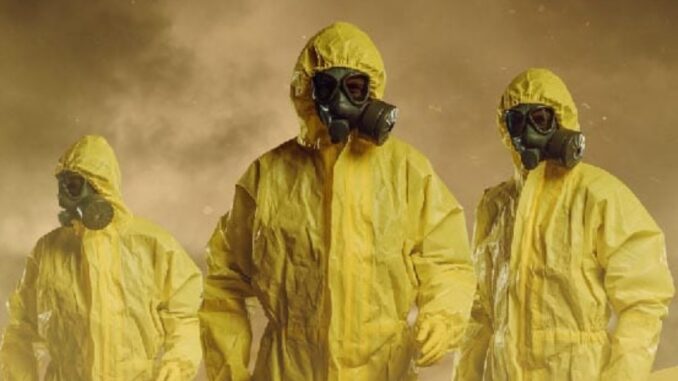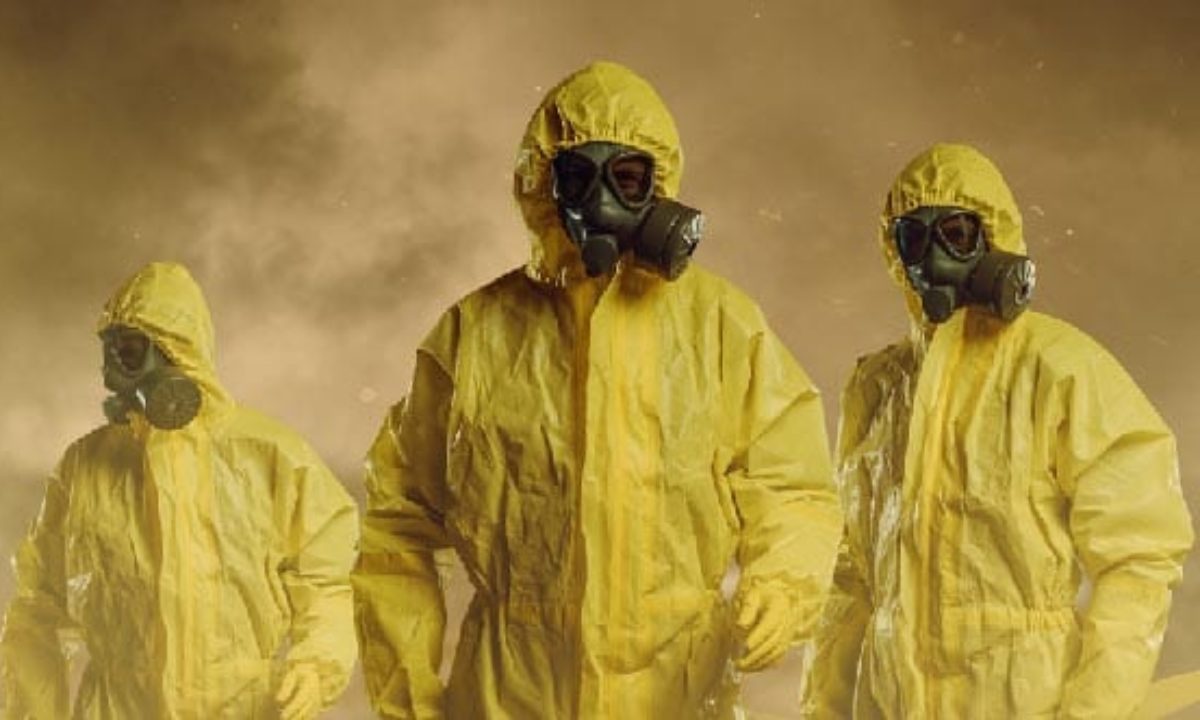
Experts who predicted Covid years in advance have now revealed how a new virus could trigger pandemic.
Pandemic forecasters have raised the alarm after a never-before detected virus was discovered in the US state of Alabama, warning about its potential to infect humans. One expert has claimed that this new virus could be ‘threatening to all mankind.’

BYPASS THE CENSORS
Sign up to get unfiltered news delivered straight to your inbox.
You can unsubscribe any time. By subscribing you agree to our Terms of Use
Latest Video
Researchers from The University of Queensland in Australia discovered the Camp Hill virus in shrews in Alabama back in 2021.
For some reason, they have only recently released their report outlining their concerns about its potentia to transfer to other species including humans.
Bill Gates must be getting excited, i mean very worried at the thought of this…..i wonder if he will help get some new vaccines developed?
The Mail Online reports: The Camp Hill virus is part of the henipavirus family, which also includes the deadly Nipah and Hendra viruses, which rank among the World Health Organization‘s biggest pandemic threats.
Dr David Dyjack, a public health expert at the National Environmental Health Association, who was not involved in the research, told DailyMail.com a new virus like this could be ‘threatening to all mankind.’
He said: ‘What concerns us in public health is we have this virus with [we believe] a very high mortality rate, and if it were to mutate and transmit to a human, and attack the kidneys, as we’ve seen in some animals, that could be particularly threatening to all of mankind.’
The Camp Hill virus has yet to infect a human, so little is known about it, but other pathogens in the same family can cause spinal cord and brain inflammation, brain swelling, respiratory distress, kidney damage, and liver damage.
Dr Dyjack added: ‘I would say that there are three things that keep me up at night: One is a nuclear war. The second is the implications of a changing climate, and the third is a global pandemic, and the Camp Hill virus sits squarely in the bullseye of the pandemic concern.’
Other experts are less alarmed about the discovery, such as Dr Donald Burke, an epidemiologist who was instrumental in providing insights into how coronaviruses spread and infect people, having forecast a global pandemic two decades earlier. He told DailyMail.com that ‘it isn’t likely to cause an epidemic’
The newness of the Camp Hill virus means scientists have more questions than answers and its genome sequence doesn’t provide information about severity or transmissibility yet.
While it contains data that shows it may be able to infect human cells, Dr Adam Hume, a virologist at Boston University, told DailyMail.com: ‘That doesn’t tell you whether it would be pathogenic [cause disease] or not, but if it can’t enter human cells, then it does tell you that it probably isn’t pathogenic.
Dr Hume, who was not involved in the Australian research, added: ‘At this point we don’t know enough about it. Maybe someday in the future, we would be able to sort of determine [transmissibility and virulence].’
Researchers from the University of Queensland captured four northern short-tailed shrews (Blarina brevicauda) in Alabama as part of a study on mammal aging in 2021.
They analyzed tissue samples from the animals and discovered genetic material from the Camp Hill virus.
The virus was primarily found in the shrews’ kidneys, which suggests it would attack the same organs in humans.
Dr Rhys Parry from the School of Chemistry and Molecular Biosciences said: The closest known henipavirus to Camp Hill virus that has caused disease in humans is Langya virus, which crossed from shrews to humans in China.
‘This indicates that shrew-to-human transmission can occur.’
Langya virus, like Camp Hill, Nipah, and Hedra, belongs to the henipavirus family. It generally causes mild symptoms, including coughing, fatigue, and fever.
Nipah and Hendra viruses can prove much more severe. The Nipah virus causes severe respiratory distress, brain inflammation and swelling, and potential organ failure.
Hendra virus causes similar inflammation and respiratory failure, as well as pneumonia.
While scientists do not know how Camp Hill virus may manifest in a human patient, they are able to make some educated guesses based on symptoms of other henipaviruses.
When exposed to other henipaviruses through contact with infected animals’ bodily fluids, consuming contaminated fruits, or having close contact with someone who has been infected, a protein on its surface binds to another protein on the person’s cell membranes in various tissues throughout the body, including the lungs, brain, and blood vessels.
When the proteins link together, the virus pathogen fuses with the host cell and transfers some RNA into it. The virus then hijacks cells to make them replicate genetic material and produce even more viral proteins that go on to infect more cells.
There is some evidence to suggest that henipaviruses can be spread through respiratory droplets, but this is not fully understood.
Dr Dyjack said: ‘As we saw with Covid, it was unclear in the beginning whether this was fomites – organisms on surfaces – or whether it was airborne. Turns out it was airborne.
For something like this, if it’s airborne, that causes me great distress as a public health professional.’

